How to design a bedroom – 10 steps creating your dream bedroom
Looking for advice on how to design a bedroom? We have you covered with tips on bedroom color, furniture, layout, and more...

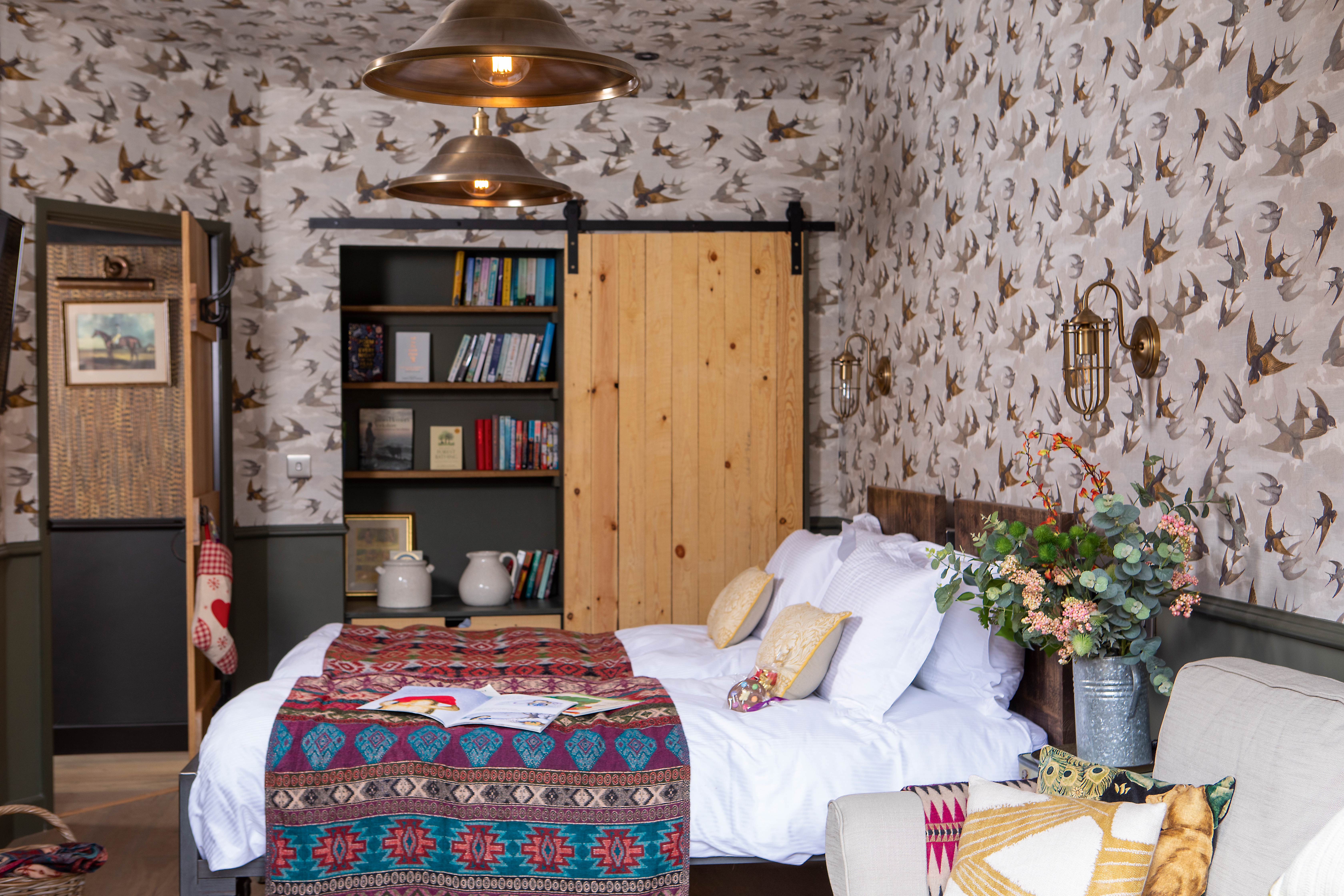
Looking for tips on how to design a bedroom? Well, we have you covered. When it comes to bedroom design, it's all about creating the perfect balance between style and function. It's not easy, so we've created a ten step guide for success so that you can design a bedroom yourself, that looks beautiful and suits your style but is a practical space too. After all, we spend an impressive third of our lives sleeping, it is so worth investing a little time and effort in this room, right?
We cover everything from layout to lighting, and from paint colors to flooring options. Just keep scrolling to start working your magic.
Want more inspiration and ideas? Check out our bedroom ideas page to get your transformation just right.
Where do you start when designing a bedroom?
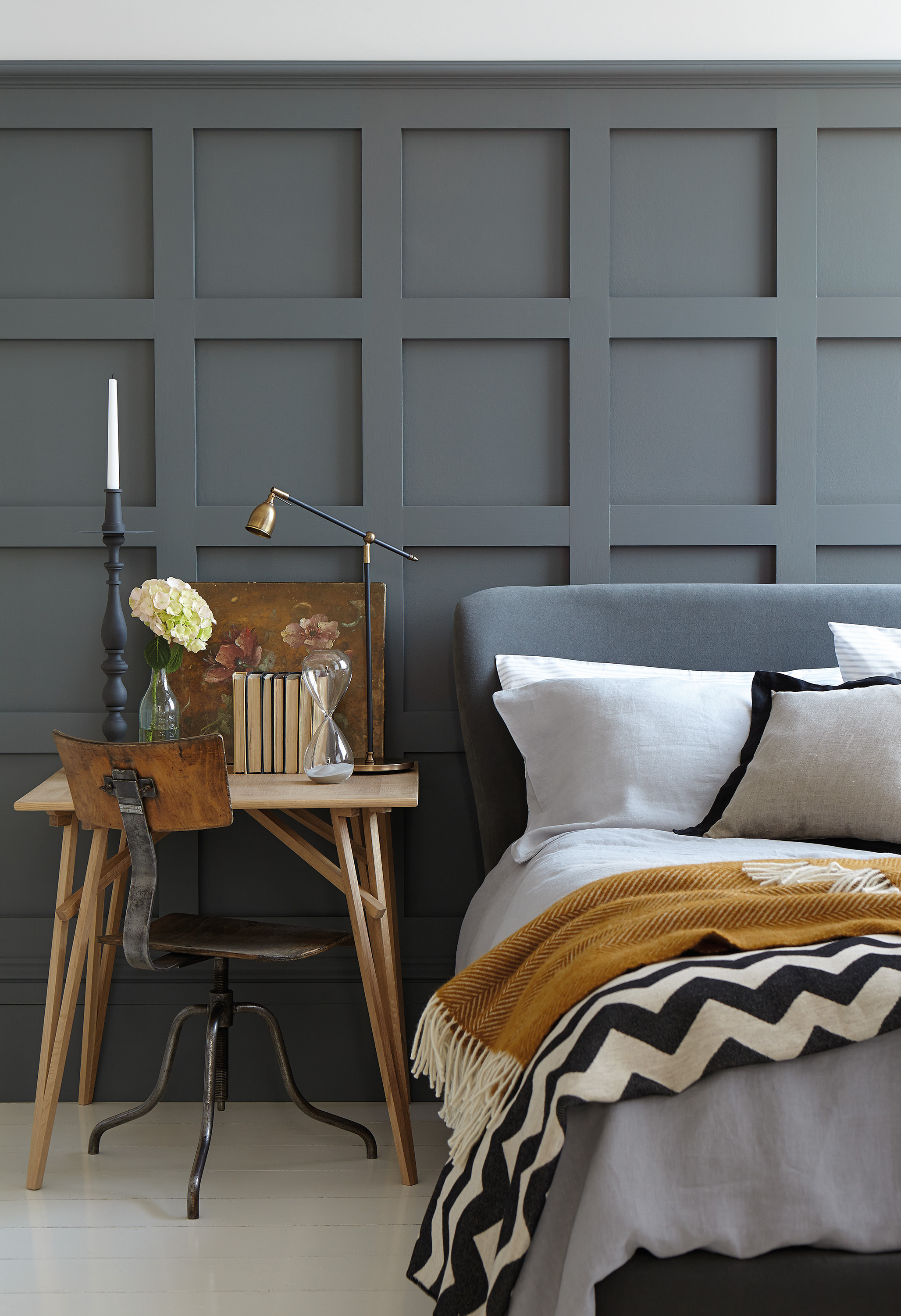
It can be tricky to know where to start when designing a bedroom, and really you need to always bed considering all the elements that will ultimately create harmony in your space. BUT, if you want an easy jumping-off point we'd suggest start by creating a mood board. Get on Pinterest or flick through magazines and start collecting bedroom designs you like. You'll soon start to see clear themes come through – the same colors, styles and patterns and you can start visualizing how you would like your room to end up looking.
Then you need to assess your actual space and think about what is realistically going to work. Look at how big your bedroom is, its shape, natural light levels and any features that you may need to think about a bit more carefully when you come to filling it with furniture.
And then it's just a case of following our easy guide to how to design a bedroom to start making those Pinterest dreams a reality...
1. Choose the best colour for your bedroom
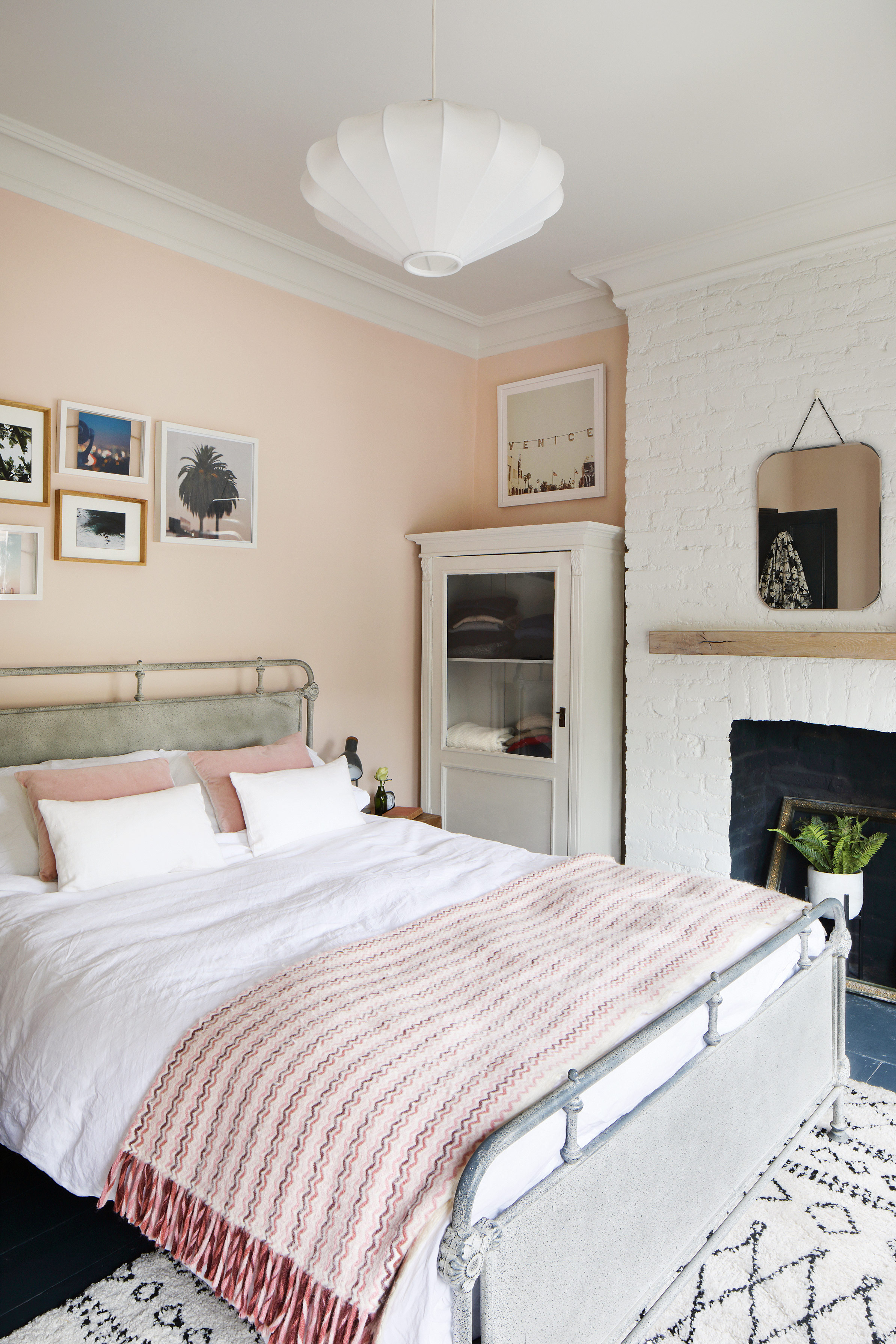
To create the illusion of more space, choose a light color scheme, while if your room is north-facing and a little on the chilly side, you may want to consider warm paint colors or even moody hues.
Get small space home decor ideas, celeb inspiration, DIY tips and more, straight to your inbox!
Color plays an important role in creating an atmosphere in your space. And so, painting your bedroom should be one of your first considerations when designing a bedroom – it's also definitely the first job to do before moving all your furniture in!
Choosing the best color for your bedroom will ensure that you bring more natural light into the room, and that your color scheme promotes rest and relaxation, rather than overstimulating you before bedtime.
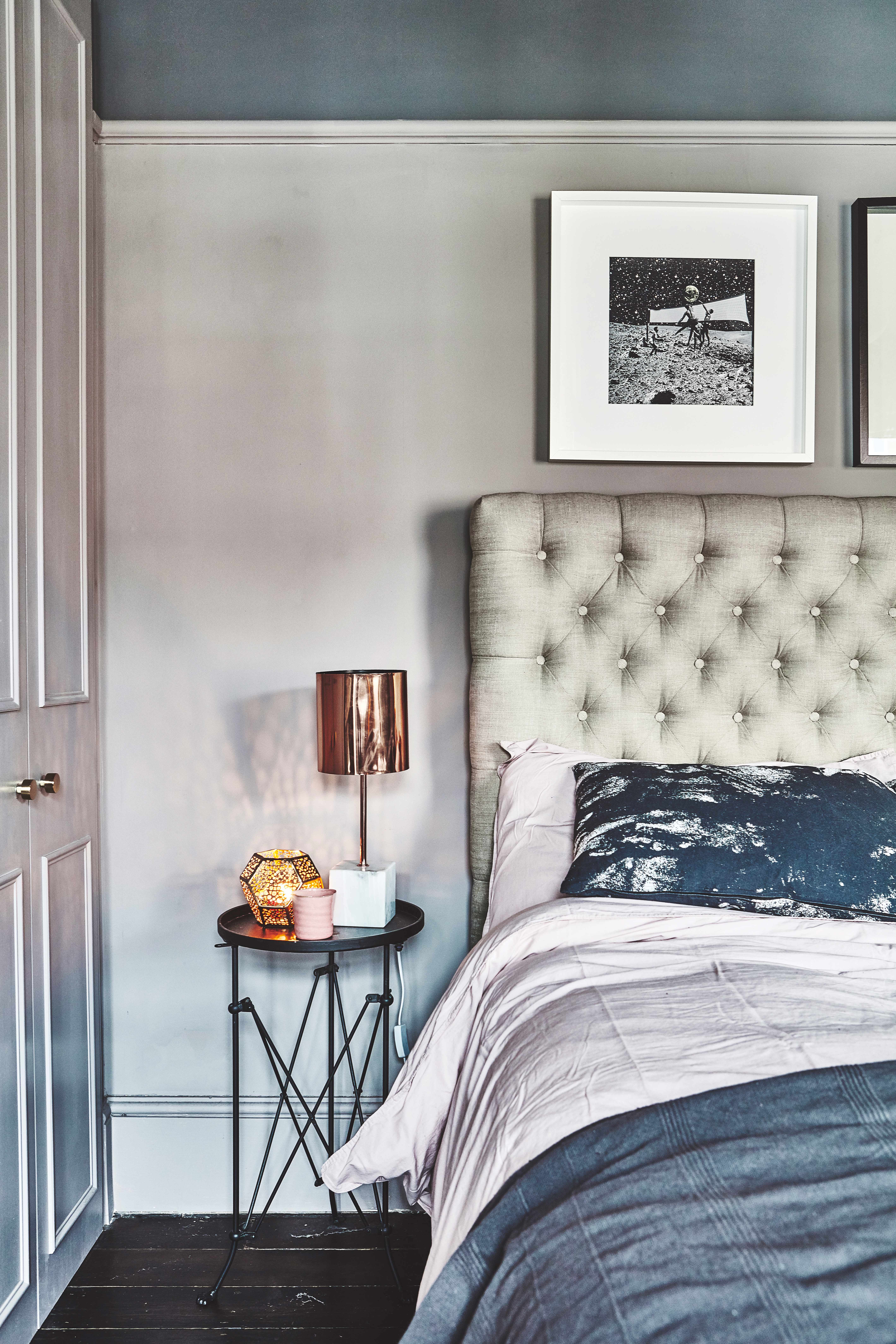
The choice of bedroom paint colors is vast, but consider veering on the side of caution and opting for a calm and muted color palette. And opt for muted toned down colors if you do want to bring in anything bold – for example a sage green over a vivid grass green.
'The bedroom offers so many opportunities to get creative whilst maintaining a relaxing and calming look.' says Judy Smith, Colour Consultant at Crown. 'To create a sophisticated look, use one single shade or tones of the same color: if you paint walls, skirting, doors, cupboards, radiators and even window frames in the same color, you’ll achieve a thoughtful and modern look. This works particularly well with soft greyed blues and greens as well as any neutral shade.'
A grey bedroom color scheme is still hugely popular and for good reason. It is soothing and elegant, and a little bit more exciting than white. Also we are big fans of pink at the moment and warmer toasty colors like plaster and terracotta are bang on trend too.
- For more bedroom paint ideas head over to our feature.
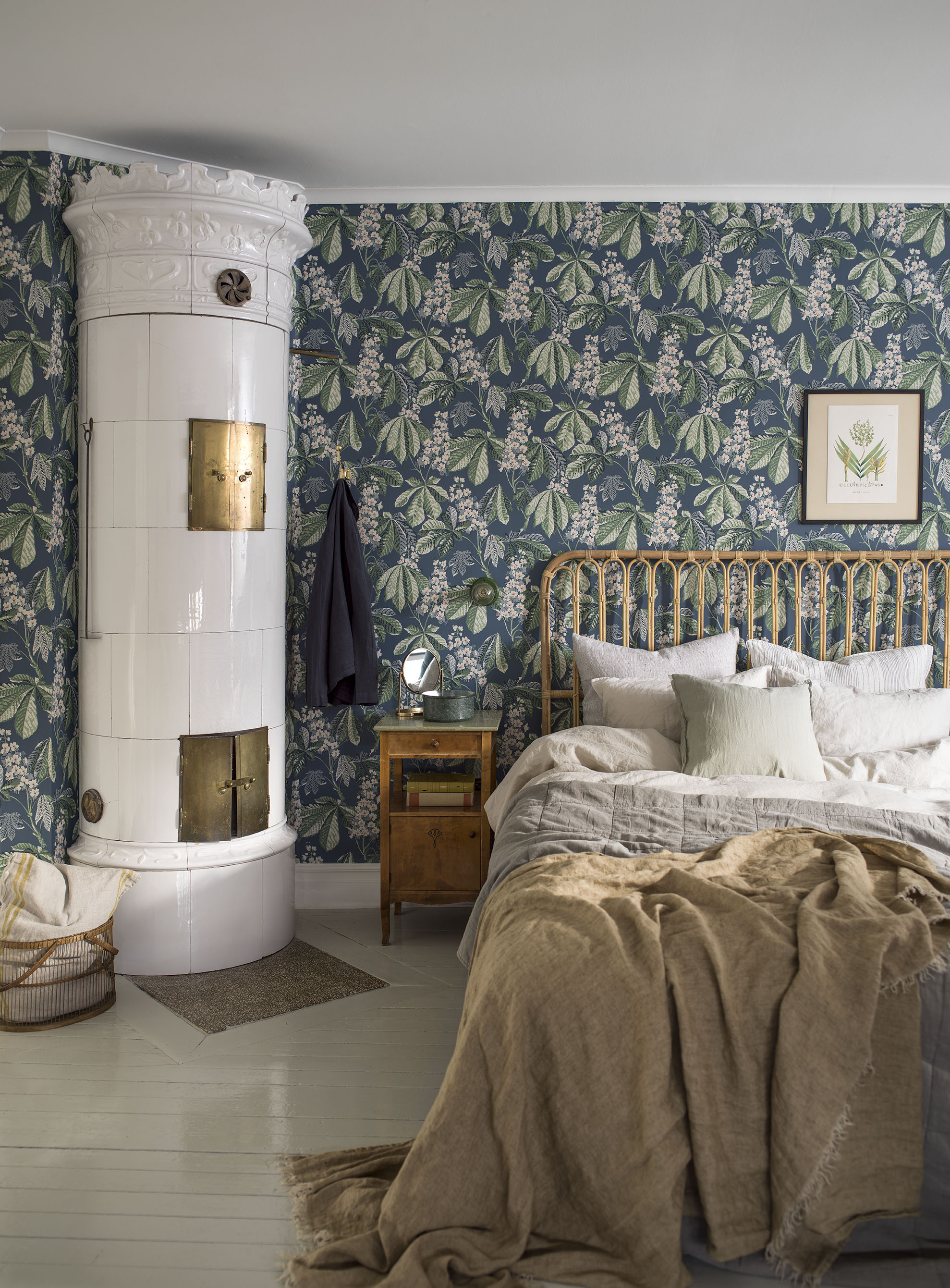
While paint is an easy route to success, wallpapers and feature walls are also a great way to bring life to your space. Wallpaper an excellent solution for boring bedroom walls. It adds visual interest, texture, and warmth to any bedroom design, and is a particularly useful trick for making small bedrooms look larger. Choose a wallpaper with a delicate pattern to add dimension, or a bold design to make a statement with your bedroom walls.
- See all our bedroom wallpaper ideas in our gallery.
2. Plan the best bedroom layout
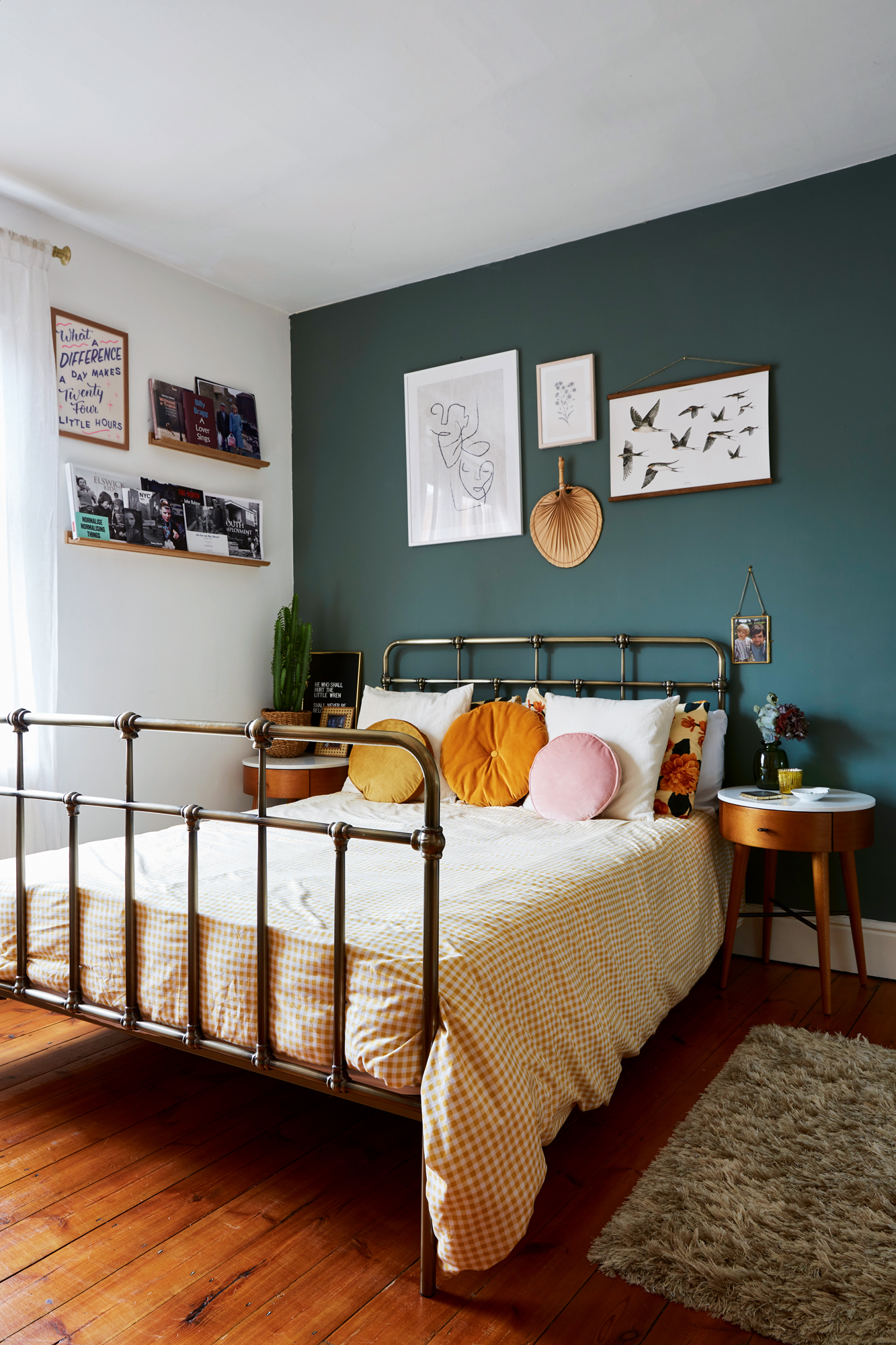
Deciding on the layout of your bedroom furniture is a vital step in bedroom design. You may have little flexibility, but it's worth drawing a layout on graph paper, paying attention to the direction natural light is coming from.
Start with the position of your bed, organizing all other furniture around it. It is best to position your bed lengthways in a rectangular room, while larger bedrooms will allow for more creativity, and you may well want to position the bed in the center of the room. When planning the layout for small bedrooms, consider moving the bed into a corner to save floor space all round.
Now consider how much room (and budget) you have for bedroom storage. Fitted bedroom furniture tends to be more expensive and formal-looking but will offer a more efficient use of space, especially in a small bedroom, or an awkwardly-shaped one, such as a loft bedroom. Unfitted furniture needn't match, but you should aim, at the least, for a dressing table and bedside tables. And if you don't have a separate closet you'll need to add in something for clothes storage too.

If you are planning a loft conversion, consider the shape and height of your space, and whether it will fit any of your desired furniture and storage.
If your bedroom is large and the nearest bathroom is on a different floor, you may want to consider adding an en-suite. An en suite bathroom can be added without planning permission, although it will need to conform to building regulations.
Alternatively, additional bedroom space can be transformed into a dressing room – just check out our dressing room ideas for inspiration.
3. Choose the best bed for your bedroom design

Choosing a bed isn't just about buying a good-looking bed frame. Rather, pick a bed frame that best suits your needs. For example, are you short on bedroom storage and would benefit from a divan with built-in drawers, or a bed that lifts up to reveal hidden storage in the base, or a bed with a storage headboard? Do you really need a king-sized bed frame, or could you save space with double bed instead?
What about the bed's style? It should complement your overall scheme but can be used to dictate it, too. For example, if your preference is for a streamlined, minimalist look with a Scandi edge, go for a simple, white-washed wooden frame; if you want to add a feeling of luxury or an injection of pattern or color, a bed with an upholstered, padded headboard will be perfect.
4. Pick the best bedding too

'Never underestimate the incredible difference the right mattress, pillow, super light duvet and super comfy topper will make. It can transform how comfortable we feel, eradicate neck and back pain, alleviate allergies, improve how well we sleep and as a result, how well we feel. It’s also widely recognized that if you sleep on a pillow every night it should also be changed every 2-3 years.' says Chrissie Rucker founder of The White Company.
Crisp, good quality bed linen is key too. Make sure that your bedlinen lasts, choose a high thread count (at least 300) if your preference is cotton, and linen bedding that fully discloses its manufacturing source. Linen is also great if you have no time, or don't want to iron your bed linen, as it has a naturally distressed look.
5. Invest in practical bedroom furniture
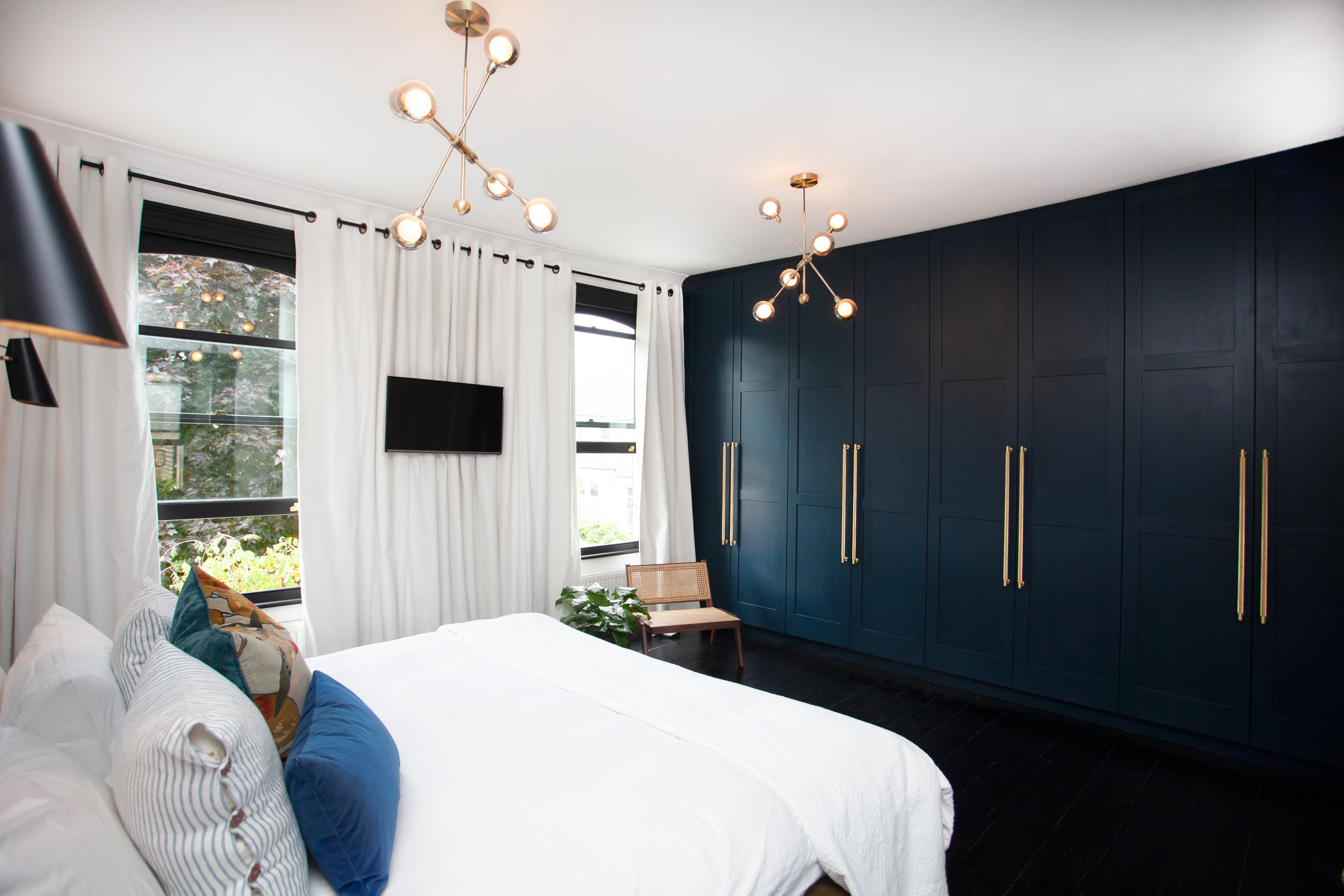
The first consideration in choosing bedroom furniture is whether to go for fitted units or freestanding units. The choice will partly be dictated by the shape of your bedroom: awkwardly shaped rooms (often the case in period properties) will benefit from a bespoke fitted solution. More standardized spaces in newer properties will work best with well-chosen furniture sets or an eclectic mix of bedside tables, bedroom storage units, and a freestanding wardrobe.
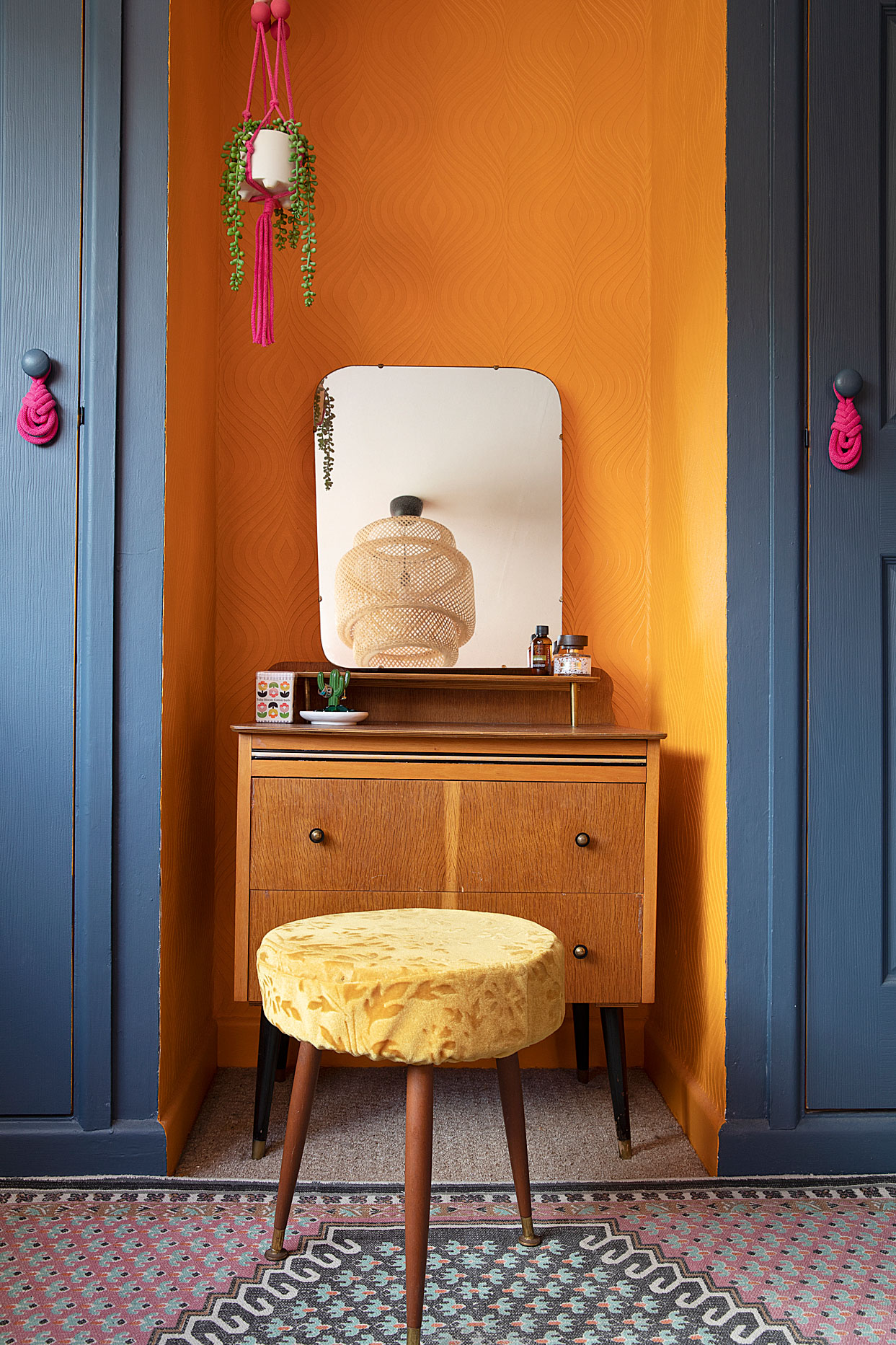
Freestanding options can be considerably cheaper than fitted units, and can be replaced every few years if you like to switch up your bedroom design. If you only have to follow one rule when choosing your bedroom furniture, pick pieces that double up as bedroom storage. Choosing items that have delicate or light-colored frames will avoid overloading the space visually, and should make the bedroom feel larger, less formal and brighter, too.
If you are designing a bedroom that's tight on space, a mirrored wardrobe is probably the best trick for visually enhancing the size of the room.
- See all our bedroom storage ideas in our gallery.
6. Bring in small storage pieces

Bedroom storage options should be easy on the eye as well as functional. Consider mixing and matching your bedroom storage, especially if you have a lot of stuff that needs sorting and tidying – and sufficient space for a variety of storage units. You can also choose a bedroom storage set, too, matching your bedside cabinets to your wardrobe and bed frame, and adding a bedroom storage bench or bedroom storage chest for maximum storage options.
7. Get your drapes right

You want to maximize the natural light coming into your bedroom during the day so it feels bigger and brighter. But then of course at night you want the room to be as dark as possible – it's a tricky balance. Shutters are a great option as you can adjust how much light comes into the room, however, they can be expensive, so our top choice for a bedroom is a light, floaty curtain, combined with a black-out blind.
You want to think about curtain length too, for a more luxurious look we'd recommend going full length, and hang them slightly higher than the window. 'Gone are the days of shorter curtains, they feel dated and can make a window feel small and boxed in. Instead opt for floor to ceiling curtains, ensuring there are no gaps.' say Jen and Marr founders of Interior Fox. 'This look adds height to a room, while keeping a clean a simple aesthetic.'
- For more bedroom window ideas take a look at our gallery.
8. And invest in artificial lighting too
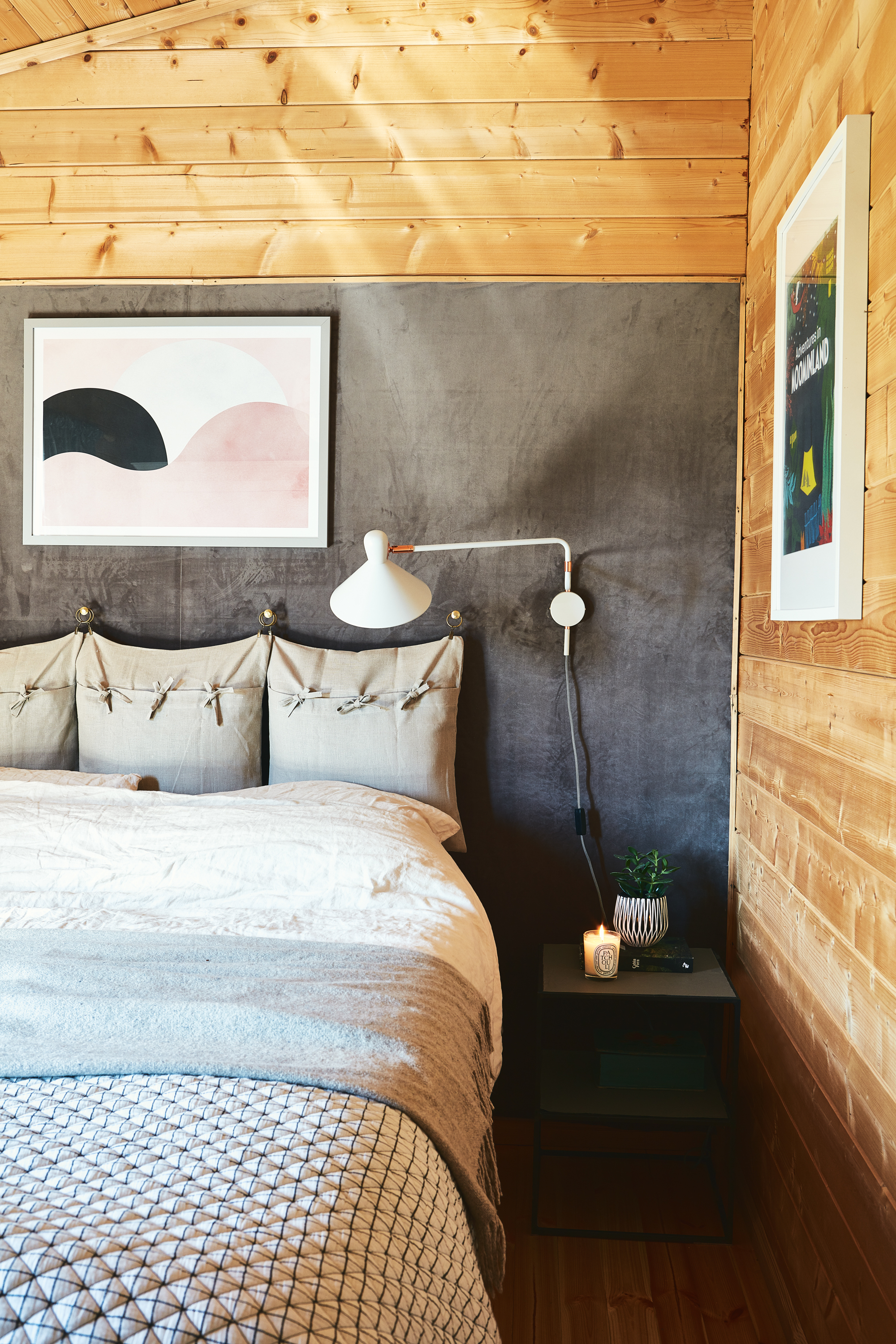
While natural light is important when designing a bedroom, most of us will spend more time in our bedroom when it is dark, so maximizing the potential of artificial bedroom light with a clever bedroom lighting scheme is crucial to creating a cozy and relaxing space.
Think soft, diffused light from dimmable bedside lamps or wall lights, or even a string of fairy lights arranged along your headboard. You may find that a ceiling light is unnecessary if you have integrated lighting in a wardrobe and good task lighting around your dressing table, for example, but in a high-ceilinged room, a chandelier or over-sized lampshade will create a focal decorative point.
- Discover more bedroom lighting ideas.
9. Don't forget bedroom flooring

Choosing bedroom flooring is all about maximizing comfort and warmth. Unsurprisingly, carpet is the most popular flooring option for most bedroom designs, but solid wood flooring is another great option, as it can still be warm underfoot, especially if you add a rug.
Solid wood is an expensive option, however, so consider an engineered wood flooring instead, which will be durable and virtually indistinguishable from solid wood, although slightly more affordable in most cases. If you are on a tight budget, consider laminate flooring or vinyl flooring, with higher quality options replicating the appearance of wood quite convincingly, or paint pine floorboards.
And if you aren't totally redesigning your bedroom but want to give your floor a refresh, a new rug can go a long way.
10. Make your space your own with personal decor
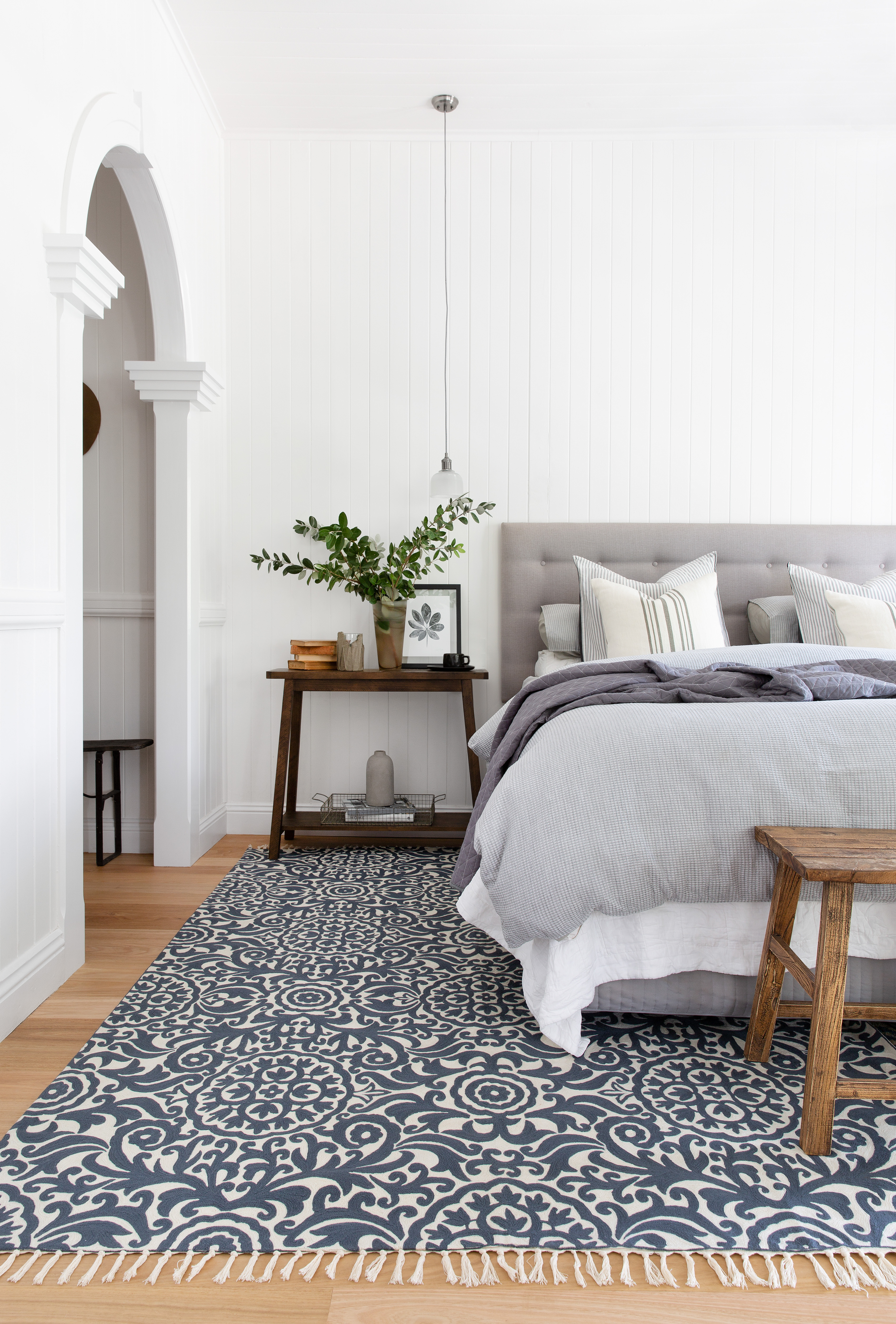
In any bedroom design, large or small, a few finishing touches can make all the difference. How to choose accessories for the bedroom entirely depends on your tastes and budget: invest in a quality rug and see your bedroom instantly look more elegant; layer cushions and throws to up the comfort factor; create a gallery wall to add interest and color; display photos and pictures to personalize the bedroom; and use house plants to promote a healthy atmosphere.
Style your accessories to create an attractive color scheme and a variety of textures. Sheepskin, cotton, and satin do wonder for softening up the look and feel of the space.
- Love this space? Check out more white bedroom ideas next.
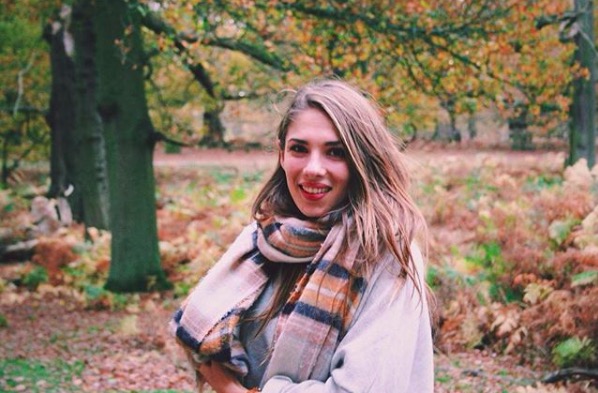
Hebe joined the Real Homes team in early 2018 as Staff Writer before moving to the Livingetc team in 2021 where she took on a role as Digital Editor. She loves boho and 70's style and is a big fan of Instagram as a source of interiors inspiration. When she isn't writing about interiors, she is renovating her own spaces – be it wallpapering a hallway, painting kitchen cupboards or converting a van.